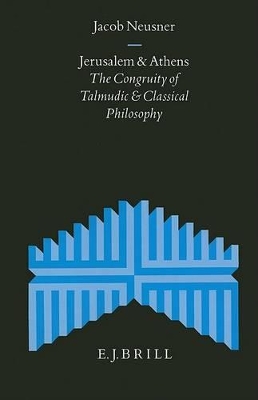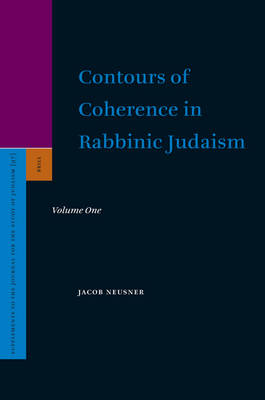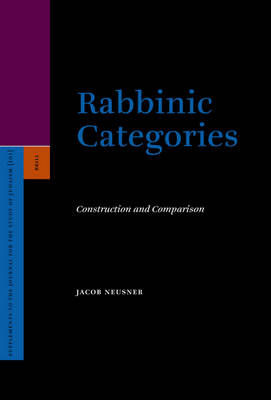Supplements to the Journal for the Study of Judaism
3 primary works
Book 52
The Talmud - the Mishnah, a philosophical law code, and the Gemara, a dialectical commentary upon the Mishnah - works by translating principal modes of Western philosophy and science into the analysis of the rules of rationality governing the rules of humble, everyday reality. Science, in particular the method of hierarchical classification characteristic of natural history, supplies the method of making connections and drawing conclusions to the Mishnah, the law-code that forms the foundation-document of the Talmud, as Neusner demonstrated in his Judaism as Philosophy. The Method and Message of the Mishnah. Here he proceeds to show how philosophy, specifically dialectical analysis, defines the logic of the Gemara and guides the writers of the Gemara's compositions and the compilers of its composites in their analysis and amplification of some of the topical presentations, or tractates, of the Mishnah.
Book 97
A three part set of monographs on the coherence of Rabbinic Judaism in its literature: Part one: In the Rabbinic literature of late antiquity disputes and alternative interpretations of a common datum form a medium of expressing coherence. Part two, system over self, asks about the role of individual sayings and traditions. The Bavli imposes on received sayings and stories its forms and topical Halakhic program. Part three: Talmudic knowledge, asks, do the types ands forms of Mishnah-exegesis and Halakhah-analysis of the Bavli make possible a sequential history of the Talmudic knowledge, layer by layer, for example, generation by generation? With adequately classified data in hand, we may describe the generative logic of Talmudic analysis as that exegetical and analytical process unfolding in sequences is signified by the requirements of a pure, atemporal dialectics.
Book 101
A systematic study of the canonical construction of Rabbinic categories, Halakhic, then Aggadic, followed by a comparison of the theological category-formations in Rabbinic Judaism, generative vs. inert, primary vs. subordinate. The book provides a systematic and thorough account of the rules of making connections and drawing conclusions that govern in classes of documents, for the Halakhah from the Mishnah through the Bavli, for the Aggadah from Scripture through the Midrash-compilations, Genesis Rabbah, Leviticus Rabbah, and Pesiqta deRab Kahana; for both the Mishnah and Scripture through the Bavli. The book then compares and contrasts theological category-formations of the Rabbinic Aggadic writings by the criteria indicated in the title: generative vs. inert, primary vs. subordinate.


